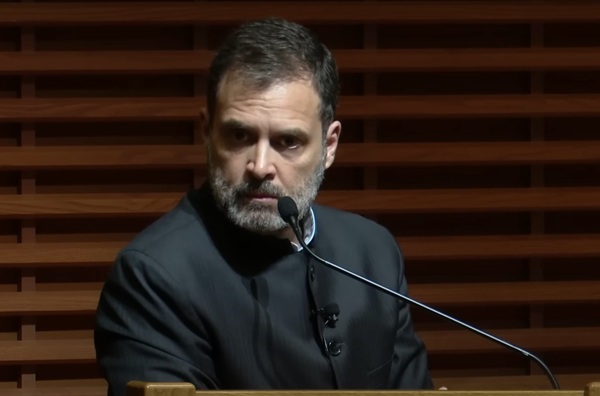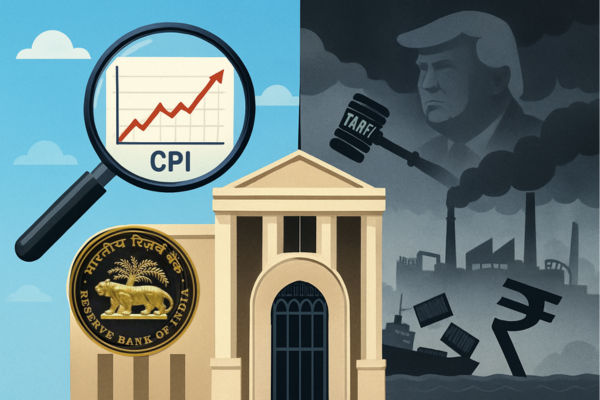.png)

Krishnadevan is Consulting Editor at BasisPoint Insight. He has worked in the equity markets, and been a journalist at ET, AFX News, Reuters TV and Cogencis.
November 16, 2025 at 9:17 AM IST
Markets may thrive on risk, but they survive only on trust, which places the burden on the regulator. India’s capital market regulator, the Securities and Exchange Board of India, has long operated with patchy, half-voluntary codes for conflicts of interest. The genuine surprise is not that reform calls finally coalesced but how the status quo was able to stand so long, often disguised as effective oversight.
At stake is not just reputation but the very core of institutional integrity. Millions of investors rely on the regulator’s fairness to protect their investments. The High-Level Committee’s latest report on SEBI’s functioning arrives as a bold challenge to the old order.
Over the years, cracks in the old system have widened. Board members or senior officials could retain personal investments, skip full asset disclosures, and take on post-retirement gigs with only token checks. Employees, paradoxically, faced stiffer bans than the leadership. Definitions of “conflict” or “family” varied inconsistently across designations. Limitations on gifts and post-employment activity were matters of paperwork more often than robust policy.
The result was predictable. Critical regulatory and enforcement decisions occasionally were in the shadow of silent soft influence. There were no transparent recusal logs, no meaningful whistleblower system, and indeed, no independent central ethics office. The lack of a transparent, structured process allowed for discretion to drift into quiet compromise.
The High-Level Committee’s new framework lays out a very different vision of regulation. It proposes that conflicts of interest be defined far more broadly and deeply than before, encompassing not only financial matters but also fiduciary, relational, professional and even perceived interests. Family, for these purposes, now means much more than the traditional spouse and children.
It extends to dependents, close friends, and associates, in line with best practice seen internationally. Internal barriers are also set high for investments. Senior SEBI officials and board members will face universal bans on equity holdings in their names. The only exceptions are for pooled, arm’s-length, professionally managed products, where conflicts cannot arise so easily. Portfolios held before assuming office will need to be documented, frozen or disposed of under apparent oversight.
Transparency is central to the proposed overhaul of in-house conduct norms. All senior officials and members, starting from the Chairperson down to Chief General Managers, must now declare assets, liabilities and investments on appointment, each year, upon exit, and whenever situations materially change. For the top brass, summaries of these disclosures will be available for public scrutiny online. Oversight will not rest on a paper trail alone. Instead, a dedicated Office of Ethics and Compliance will coordinate with an Oversight Committee comprising external experts.
This infrastructure will depend on digital portals that flag, audit, and record all relevant interests, recusals, complaints, and enforcement steps in real time. Gifts of any value above the trivial are not acceptable and cannot be justified after the fact. A significant enhancement in ensuring integrity is that officials cannot return to the regulator to lobby or act on behalf of others for two years after retirement. The whistleblower system promises confidentiality and protection from retaliation. Reports from insiders and the public will remain anonymous, and the outcomes of cases must be communicated transparently. A culture of mandatory, annual training in conflict handling will take root, tracked digitally and refreshed year on year.
These moves are fundamental changes. Regulation is about perception as well as enforcement. If investors suspect that the referee can be swayed or is secretly working with one side, confidence crumbles and risk premiums rise.
By extending tough, uniform rules across all ranks, SEBI directly curbs regulatory capture and ensures practitioners meet the same high standards as those they regulate. This changed regime aligns India with the best global examples, including the US Securities and Exchange Commission and the UK Financial Conduct Authority. There, no interest is too small to disclose. No relationship can quietly shelter behind incomplete forms.
The actual test, however, is in implementation. From now on, rules must move quickly from recommendation to regulation, amending staff codes and formally notifying board-level updates. Communication must be clear, and every disclosure, every penalty, and every review must be honest, not token.
SEBI must invest in its ethics architecture, leveraging technology for real-time tracking and AI-based anomaly detection, rather than leaving oversight to manual review and afterthought.
Publishing regular, anonymised logs of whistleblower and recusal activity will help to shore up public faith and block the backdoor for special interests. The message to all market participants should be that SEBI’s workings are transparent and open to scrutiny, and no one holds a privileged perch.
The outcome of this reform drive will depend on how energetically SEBI enforces its own rules and how closely both markets and the wider public watch it. In a sector where perception so often shapes reality, only daily discipline and clarity can secure the trust dividend. Ultimately, sunlight is indeed the best disinfectant, and now SEBI must be bold enough to let it in.




